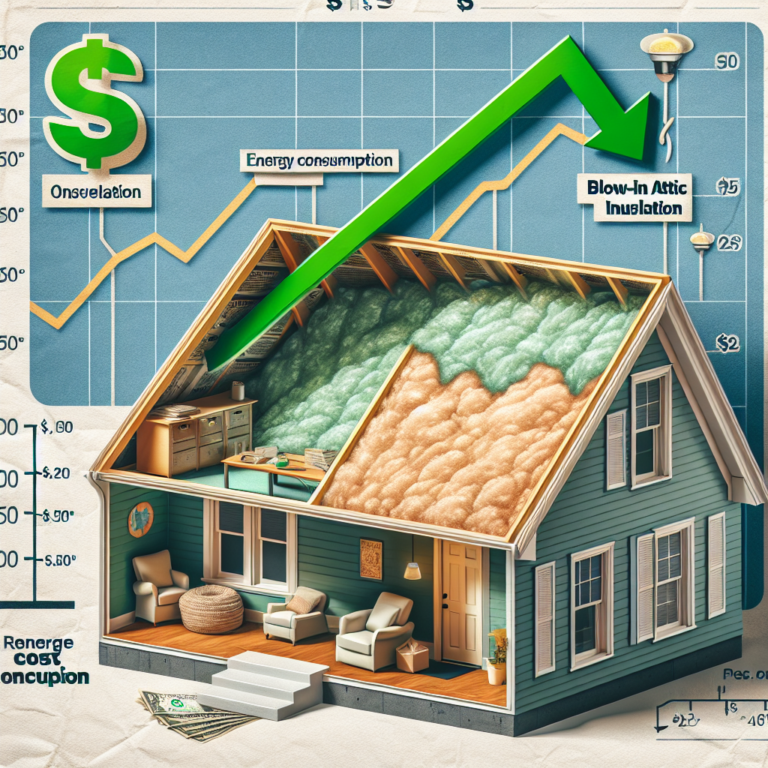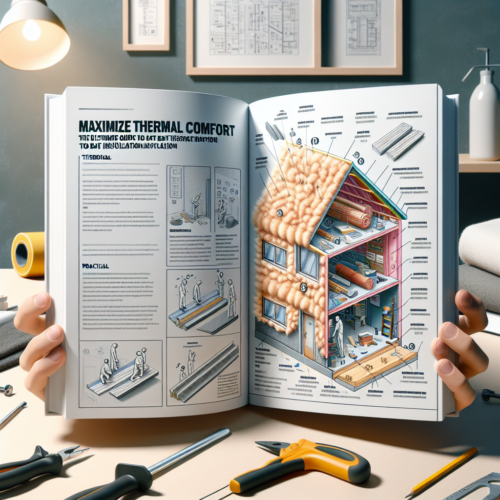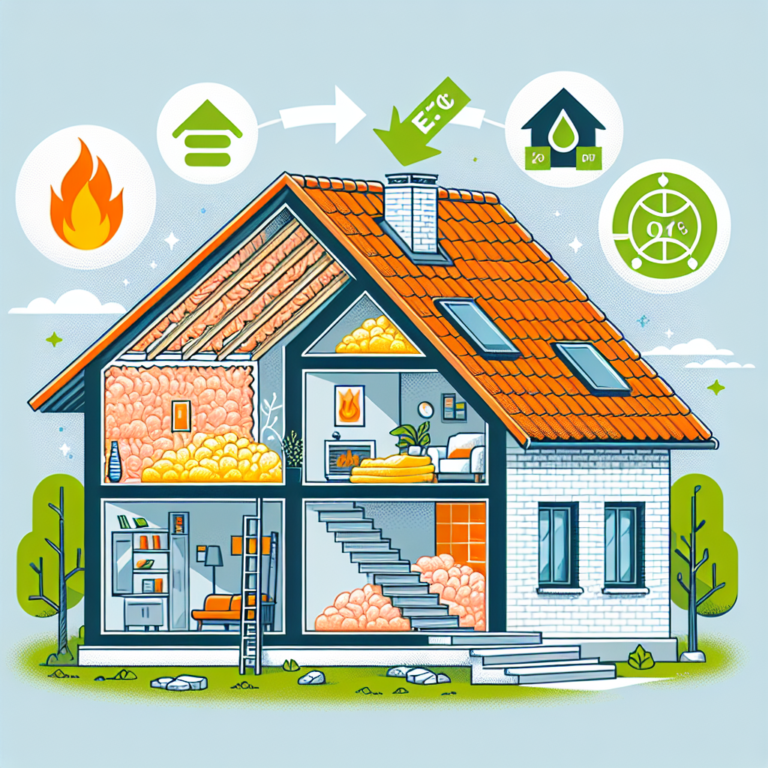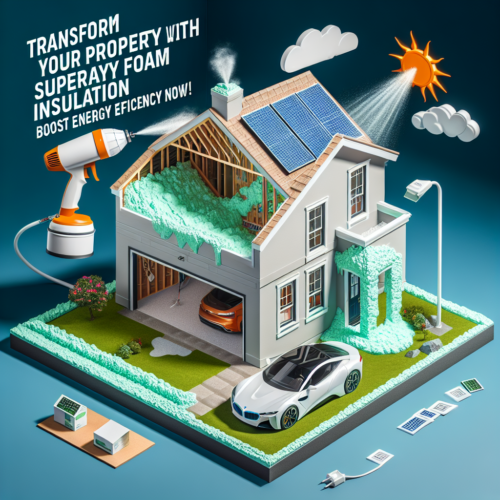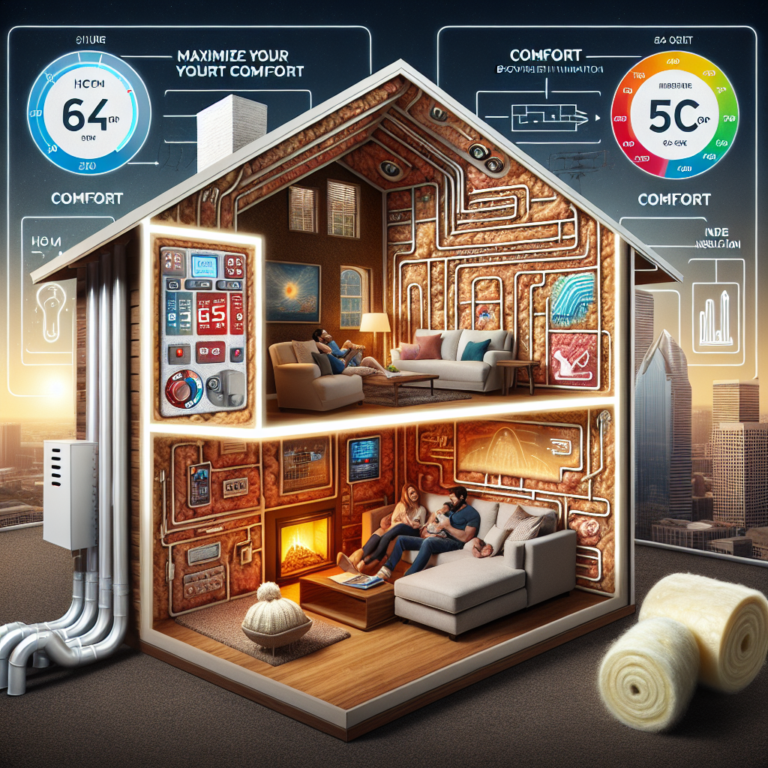Save Money and Stay Cozy: The Truth About Blown In Insulation Cost Per Sq Ft
Introduction
When it comes to boosting your home’s energy efficiency and comfort, few upgrades offer the return on investment that blown-in fiberglass attic insulation does. Yet, many homeowners hesitate, unsure of the true blown in insulation cost per sq ft and whether the benefits justify the expense. In this article, we’ll unpack how blown-in fiberglass works, explore its advantages, compare it with other insulation types, and walk through the key factors that influence its price. By the end, you’ll have a clear picture of whether blown-in insulation is the right choice for your budget and your home.
Benefits of Blown-In Fiberglass Attic Insulation
• Superior Thermal Performance: Fiberglass fibers trap air, creating a barrier that keeps winter warmth in and summer heat out.
• Quick, Seamless Coverage: Blown-in insulation conforms to irregular attic spaces, sealing gaps and voids that batt insulation may miss.
• Sound-Dampening Properties: The dense, interlocking fibers absorb sound waves, reducing outside noise and making your home quieter.
• Moisture and Mold Resistance: Unlike cellulose, fiberglass is inorganic and won’t provide a food source for mold, mildew, or pests.
• Long Lifespan: Properly installed blown-in fiberglass can last for decades without settling significantly, offering peace of mind and consistent performance.
• Environmentally Friendly: Many fiberglass products contain recycled glass, reducing landfill waste and lowering your carbon footprint.
H2: Factors Affecting Blown In Insulation Cost Per Sq Ft
Understanding blown in insulation cost per sq ft hinges on several variables:
• Material Choice: Fiberglass is typically more affordable than spray foam but pricier than cellulose. Within fiberglass options, higher R-value batts command a premium.
• Coverage Depth: The thicker the insulation (higher R-value), the more material you’ll need—and the higher the per-sq-ft cost.
• Attic Accessibility: Tight spaces, steep roofs, or obstructions like ductwork and wiring increase labor time, raising installation fees.
• Existing Insulation Removal: If old insulation must be extracted, you’ll incur disposal and labor charges before new material goes in.
• Geographic Location: Labor rates and material costs vary regionally. Homes in colder climates often require a higher R-value, driving up overall expenses.
• Contractor Expertise: Licensed, insured professionals typically charge more than general handymen—but they deliver proper installation and warranty protection.
H2: Blown In Fiberglass vs. Other Types of Attic Insulation
When weighing blown-in fiberglass against batt, spray foam, or cellulose, consider:
• R-Value per Inch: Spray foam often wins here, but blown-in fiberglass balances cost with efficiency and ease of retrofit.
• Air Sealing: Spray foam creates an airtight barrier; blown-in fiberglass gaps improve coverage but may need additional air sealing for peak performance.
• Installation Speed: Blown-in fiberglass is faster to install than batt (which requires cutting and fitting) but slower than quick-cure spray foams.
• Longevity & Settling: Fiberglass holds its loft better than cellulose, which can settle over time, reducing insulation depth and effectiveness.
• Fire & Moisture Safety: Fiberglass is non-combustible and moisture-resistant, whereas cellulose requires fire-retardant additives and can absorb water if not properly protected.
H2: Calculating Your Investment
Estimate your project by multiplying the attic’s square footage by the average blown in insulation cost per sq ft in your area. For example:
• 1,000 sq ft attic × $1.50 per sq ft = $1,500 material and labor (fiberglass)
• 1,000 sq ft attic × $2.50 per sq ft = $2,500 material and labor (higher-R-value option or difficult access)
Request multiple quotes and confirm each includes material, equipment rental, cleanup, and any necessary prep work.
H3: Tips to Optimize Your Blown-In Insulation Spend
1. Air Seal First: Plug attic air leaks around lights, vents, and recessed fixtures to maximize insulation performance.
2. Combine Strategies: Pair blown-in fiberglass with air barriers or spray foam at rim joists for a comprehensive seal.
3. Leverage Incentives: Check federal, state, and utility rebates for insulation upgrades—they can cover up to 30% of project costs.
4. DIY Rental Option: Experienced DIYers can rent blowers and install insulation themselves—just be sure to follow manufacturer specs for depth and coverage.
Q&A
Q: How much can I save on energy bills with blown-in fiberglass?
A: Homeowners typically see a 15–20% reduction in heating and cooling costs after upgrading attic insulation.
Q: How deep should blown-in insulation be?
A: Aim for an R-value of R-38 to R-60 in most attics, which translates to roughly 10–14 inches of fiberglass, depending on the product’s R-value per inch.
Q: Can blown-in insulation settle over time?
A: Quality fiberglass products resist settling. If depth loss occurs, a top-up of loose fill can restore original performance.
Conclusion
Investing in blown-in fiberglass attic insulation not only improves comfort and indoor air quality but also delivers significant energy savings over the long haul. By understanding the blown in insulation cost per sq ft factors—material, depth, labor, and location—you can create an accurate budget and choose the solution that best fits your home. Whether you opt for a professional install or tackle a DIY rental, the upfront investment pays dividends in lower utility bills and a cozier living space. Embrace this smart upgrade today and enjoy year-round comfort without breaking the bank.


